Deadly Congestion at Ukrainian Checkpoints
How perilously long queues in the Donbas are leading to unnecessary civilian casualties
Deadly Congestion at Ukrainian Checkpoints
Share this story
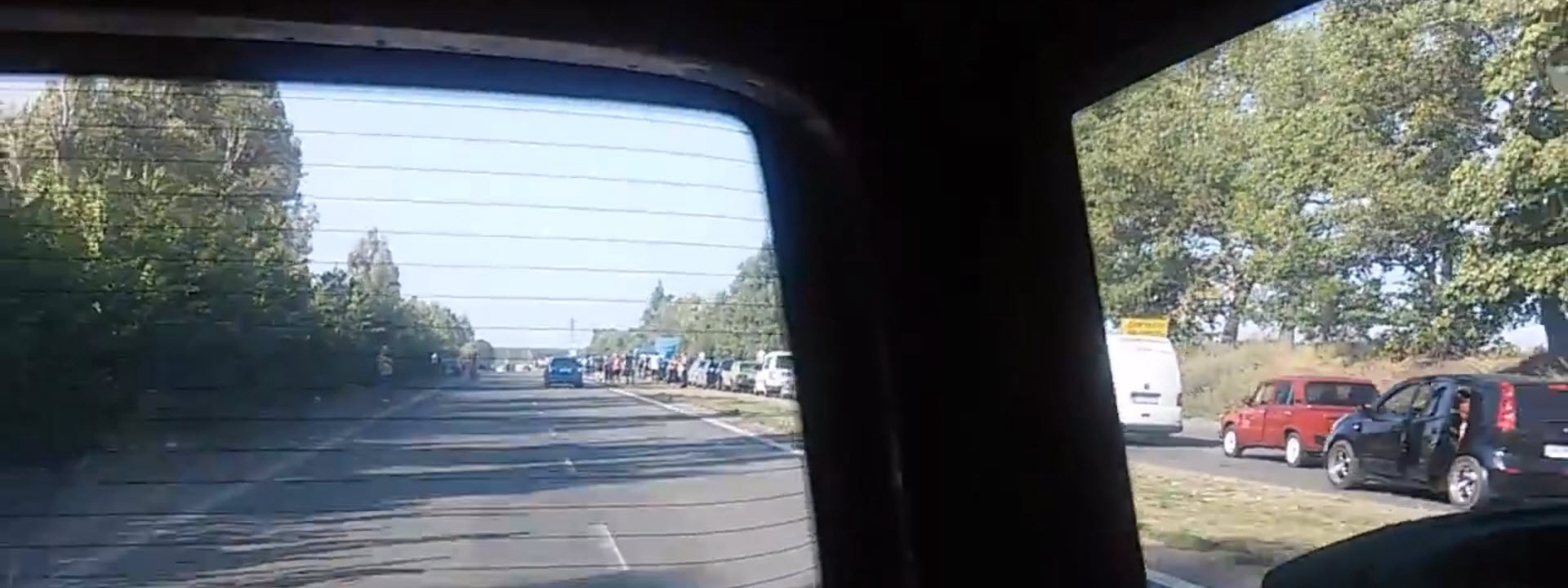
How perilously long queues in the Donbas are leading to unnecessary civilian casualties
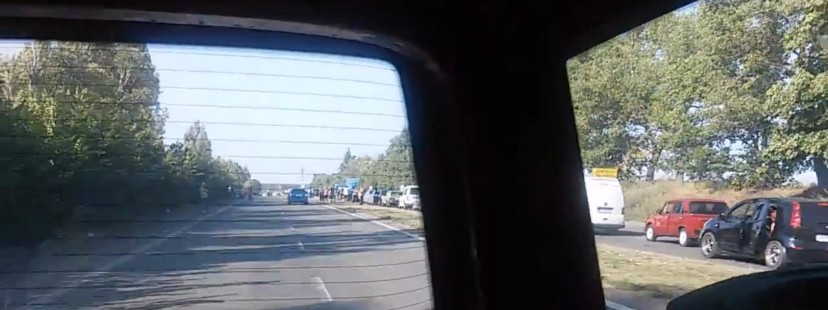
Two stipulations of the Minsk II Agreement that have not been met are “a full restoration of social and economic connections” and “[Restoration of] full control over the state border by Ukrainian government in the whole conflict zone.” Violations of these conditions are realized in the border held and checkpoints operated by separatist forces that control the flow of civilians across borders between occupied territory in Crimea and Donbas and government-controlled Ukraine and the Russian Federation. The OSCE Special Monitoring Mission (SMM) to Ukraine often observes restriction of movement at these checkpoints, sometimes causing queues with dozens of cars and pedestrians in these border areas that delay travelers for hours. The long delays at the border make it difficult for civilians to travel to get food, water, and medical attention if they do not have access on their own side of the border, and it can prevent them from returning home if they do manage to get across. Even with the humanitarian risks of these long queues at checkpoints, the most severe danger of these queues is their proximity to checkpoints that are often targeted by both side’s artillery fire, sometimes with unguided Grad rockets.
Last year, reporters from VICE News visited the Ukrainian-controlled Artemivsk checkpoint, north of Donetsk. The scene they found was harrowing:
The divide has started to resemble an international border, where passports are checked and trucks are inspected. The scene is chaotic. Every day, hundreds of cars queue to cross the buffer zone, both entering and leaving the breakaway enclave.
The daily influx and exodus is fueled by a multitude of tasks and objectives. Some head to government-held Ukraine to buy cheaper groceries or collect their pensions. Others make the journey into the restive statelet to visit relatives across the crude, de facto border.
Some of the bloodiest episodes of the war have occurred because of these queues after separatist and Ukrainian forces have both shelled opposing checkpoints. Two of these incidents are well-known to Ukrainians: the Volnovakha bus shelling of January 2015, and the Olenivka checkpoint shelling of April 2016.
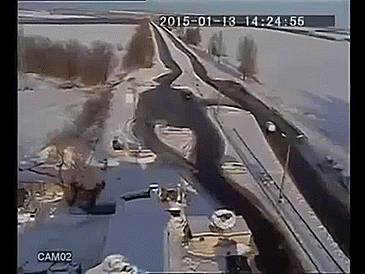
The Volnovakha bus shelling shocked the international community when 12 civilians died after a queuing bus was hit in an artillery attack on a Ukrainian-controlled checkpoint near Volnovakha. Though separatist officials claim that they did not carry out the artillery attack, it soon became clear from OSCE assessments that the attack came from separatist-controlled territory northeast of Volnovakha.
The SMM concluded its third fact-finding patrol to government-controlled Volnovakha (35km south-west of Donetsk), where 12 civilian passengers of a bus had been killed and 17 injured on 13 January (see SMM Spot Report 14 January and SMM Daily Report 14 January). The SMM conducted a comprehensive inspection, focusing on five craters caused by explosions that had occurred during the incident. The investigation included comprehensive crater analysis of two specific blast craters, including the crater located 10 metres from the side of the passenger bus. In the SMM’s assessment all craters examined were caused by rockets fired from a north-north-eastern direction.
In a more recent incident, four civilians perished while in an overnight vehicle queue after a separatist-controlled checkpoint near Olenivka was hit by an artillery attack, almost certainly from Ukrainian forces.
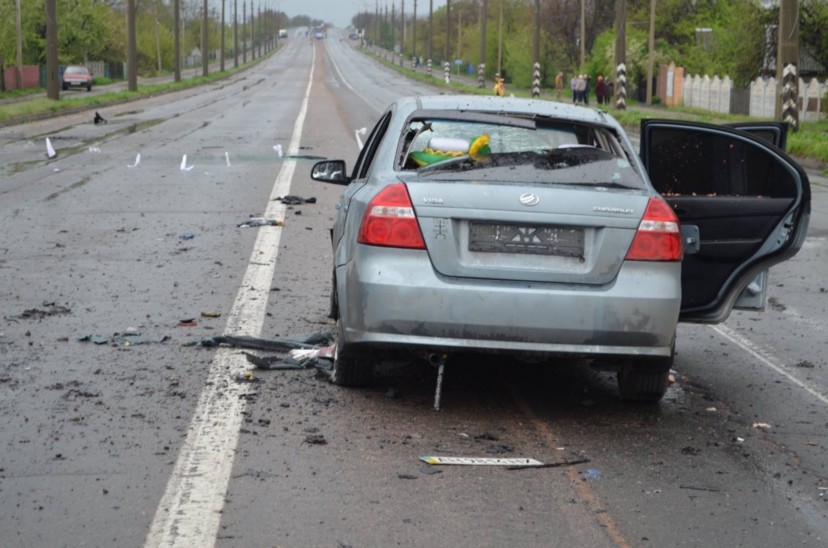
As noted from local groups on the Russian social network Vkontakte (VK), there was an unusually long line of vehicles at the checkpoint on the night of the attack. Local reporters talked to survivors at the scene, and found that those attempting to cross through the separatist-controlled checkpoint were forced to sleep in their cars overnight in the queue after the checkpoint closed.
“There were many people who remained [in the queue] overnight. The bulk of them were at Olenivka. Another dozen or so were at the “Perlyna” checkpoint. Those going in the direction of [separatist-held] Donetsk all passed through [before the checkpoint closed], and there was no line in that direction.”
The OSCE SMM analyzed the scene and concluded that the artillery fire for two craters came from the west-southwest. Nearly all of the territory in this direction is controlled by the Ukrainian government, most notably the territory near Taramchuk, Slavne, and Stepne — the likely area for the firing spot of the Olenivka shelling, per the OSCE SMM assessment. Though the Ukrainian military denied responsibility for the shelling, they admitted that Ukrainian forces were positioned 6.6km southwest of the incident — within the range of a 120mm mortar or 122mm howitzer used by the Ukrainian Armed Forces.
The evidence at the scene matches the OSCE SMM assessment. In conducting a crater analysis per the U.S. Army’s method, a crater located at Lenina 55 in Olenivka shows that the artillery fire originated from the south-southwest.
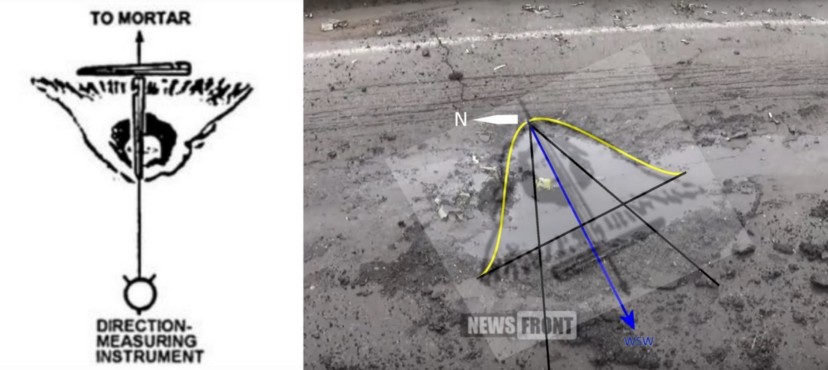
These two incidents, apparently perpetrated by both sides of the conflict, are among of the most notable consequences of the congested connections between government and separatist-controlled territory. However, the situation continues to be dire, with no relief in sight for civilians trapped by the ongoing conflict. In browsing local online communities, it is impossible to lose sight of a new economic sector that has arisen since 2014: taxi and escort services through checkpoints. In the “Situation at the Donbass Checkpoints” group on VK, along with other groups for cities in eastern Ukraine, locals write and check hourly updates on the situations at the checkpoints: is there fighting? how long is the line? is it safe to cross?

Even when there is no fighting at these checkpoints, the situation is still dangerous, with landmines deployed in the fields next to the roads.
In both Ukrainian and separatist-controlled checkpoints we find dozens of vehicles, hundreds of civilians, and hours of delays in the summer heat.
The United Nations Office for the Coordination of Humanitarian Affairs conducts an on-going analysis of the impact of the inefficient checkpoints, showing that “more than 3.7 million people (…) crossed through the five poorly equipped operating checkpoints” from January to June 2016.
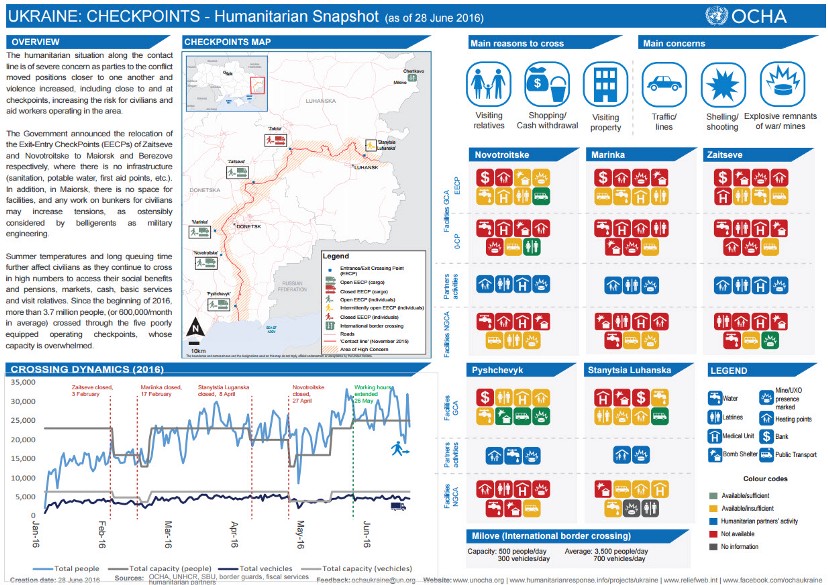
After a year and a half, Ukraine is no closer to securing its borders of territorial control with either separatist-held areas or Russia. Until this happens, or additional efficient checkpoints are established to free up civilian movement between territories, the risk of civilian deaths from military attacks at checkpoints will continue.
Follow the latest Minsk II Violations via the @DFRLab’s #MinskMonitor.
For more indepth analysis from our regional experts follow the AtlanticCouncil’s Dinu Patriciu Eurasia Center. Or subscribe to UkraineAlert.

